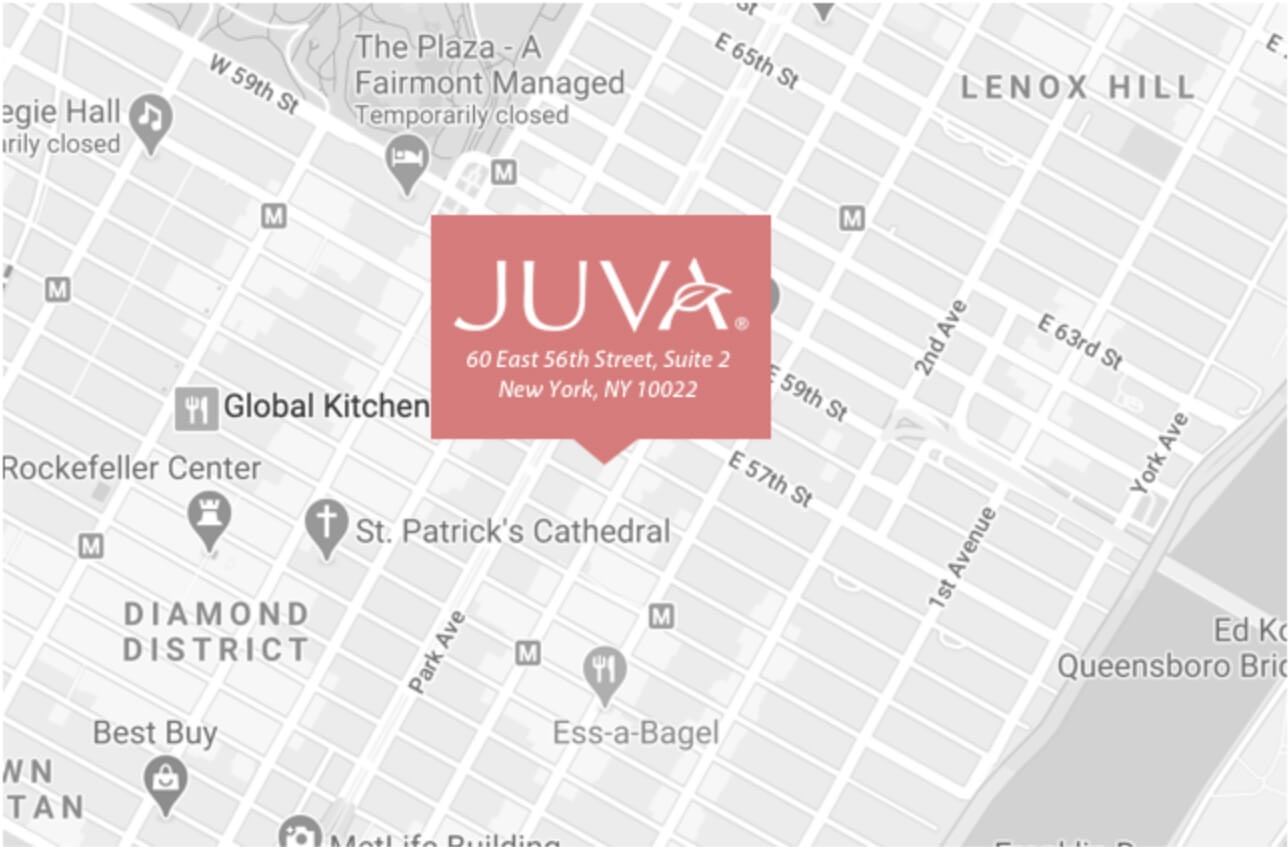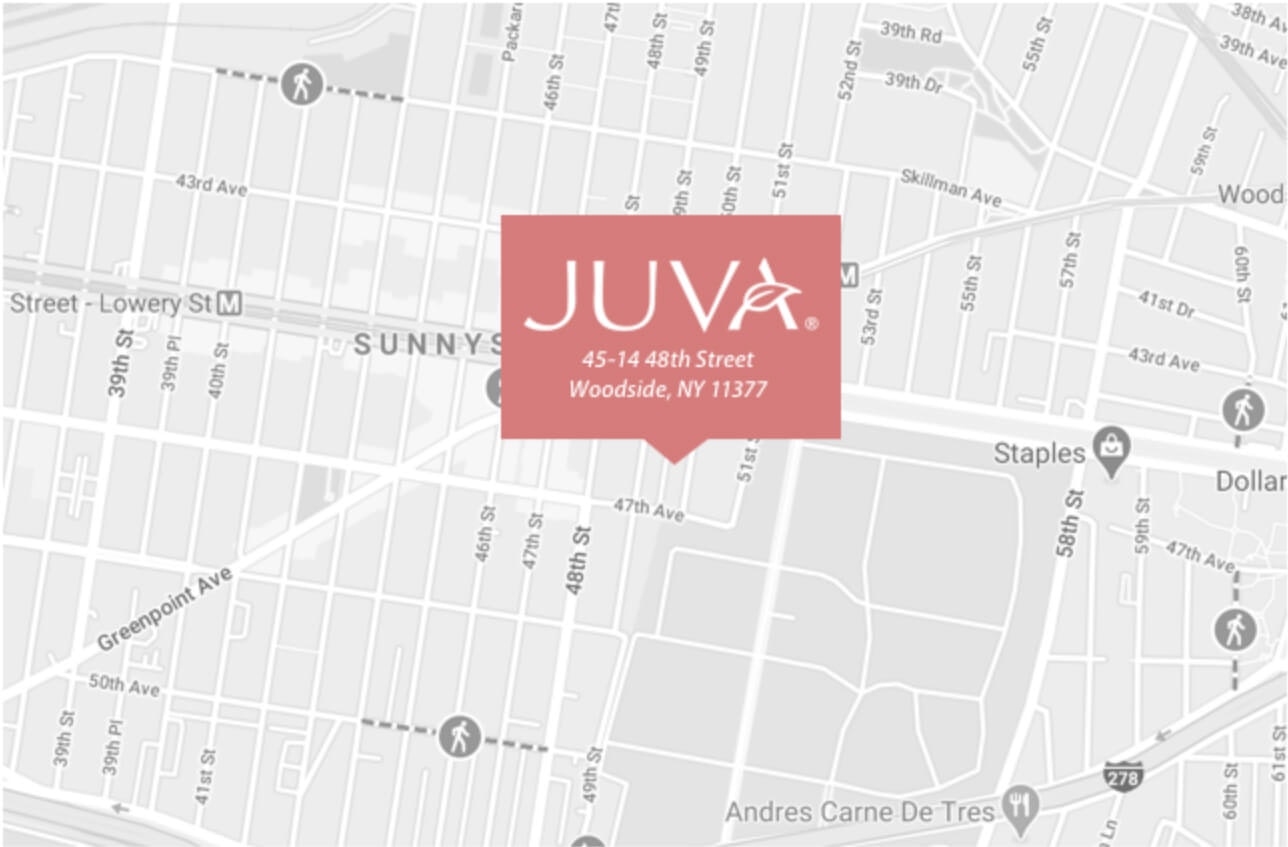Spending time out in the sun and fresh air is undoubtedly an important part of living a healthy lifestyle, but it’s also true that too much sun exposure can have a negative effect on your skin, especially for those with fair skin and lighter complexions. A relatively common type of precancerous skin growth known as actinic keratosis (or AK, for short) can sometimes appear on the skin in places that have received high levels of sun exposure over a long period of time. If left untreated, these can even turn to skin cancer.
The photodynamic therapy procedure we offer at JUVA Skin & Laser Center is a safe and effective way to remove precancerous actinic keratosis, and works without any kind of intensive surgery or painful process.
What Is Actinic Keratosis?
Over time, too much exposure to the sun’s UV rays can cause a type of skin growth that’s considered to be “precancerous,” meaning it can develop into a type of cancerous cell if it’s not treated in a timely enough fashion. Actinic keratosis is usually found to be a dry and scaly patch of skin, with rough textured.
They can be the same color as the surrounding skin, or they can vary in color, and usually feel rough, like sandpaper. In some instances, they grow up and out, forming what’s known as a “cutaneous horn.” This is most typically seen on men’s ears, but can also develop on other parts of the body, as well.
Am I at Risk for Actinic Keratosis?
Individuals who have very fair complexions are typically at higher risk for developing actinic keratosis. Adults over the age of 40, with fair skin and light-colored hair typically experience the highest risk, as well as those who live in a very sunny climate or who frequently use tanning beds.
A member of our highly-experienced dermatological staff at JUVA Skin & Laser Center can easily diagnose most instances of actinic keratosis simply by looking and feeling your skin. In some cases, a biopsy might be necessary.
Actinic keratosis is most commonly found on the:
- Forehead
- Neck
- Chest
- Ears
- Scalp
- Arms
- Hands
- Lower Legs


How Do I Treat Actinic Keratosis?
At JUVA Skin & Laser Center, we’re committed to the most advanced treatments, utilizing the most state-of-the-art technology. We use what’s known as photodynamic therapy to treat actinic keratosis.
Microdermabrasion
Before your treatment begins, a microdermabrasion procedure will gently remove the outermost layer of your skin, clearing away dead and damaged cells, and making way for the treatment solution.
Aminolevulinic Acid
Also known as ALA, this solution will be applied to your skin to treat the actinic keratosis that has developed there. This compound has been FDA-approved for the treatment of actinic keratosis.
Light Activation
About ten minutes after the ALA solution has been applied, we’ll use a special wavelength of light energy to activate it on your skin, encouraging it to interact with your cells and treat the actinic keratosis.
30-45 Minute Treatment
The entire process takes between 30 and 45 minutes, after which point you’ll experience some slight redness, but no real downtime. You’ll need to avoid excessive sunlight and use sunscreen for the next day or two.
We recommend six treatments, with each treatment spaced about two weeks apart, for the best results. Our patients typically see their results by the 3rd or 4th treatment.
Photodynamic Therapy at JUVA
If you think you might have the beginnings of an actinic keratosis growth on your skin, it’s best to find out sooner, rather than later. Leaving actinic keratosis untreated can allow it to develop into cancerous cells, so please don’t hesitate to reach out to JUVA Skin & Laser Center. A member of our highly-experienced dermatological staff can help you determine whether or not you’re actually dealing with actinic keratosis, and help set up a treatment plan that’s perfect for you.




